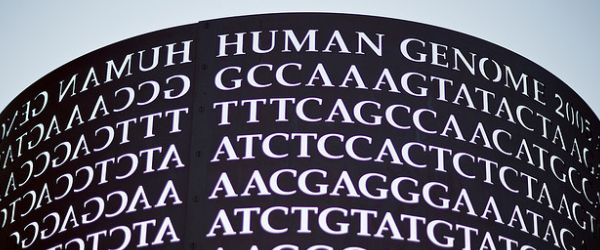In the sci-fi novel Terminal World by Alistair Reynolds, a planet consists of zones with defined characteristics of matter interactions on a subatomic level. These conditions permit different levels of technology sophistication in various zones. For example, in the “Steamville zone” nothing more complicated than steam engines works – electronic schemes fuse irreversibly.
Something like this happens when you transfer prokaryotic genes into eukaryotic cells and the other way around: these are two different kingdoms and two environments with different rules. Here is a guide to helping you express proteins across kingdoms.
Gene regulatory sequences
Whether the gene you want to express is eu- or prokaryotic, you need to strip it from the regulatory sequences because they do not work with the regulatory proteins of the other kingdom. These are enhancers (for eukaryotic sequences) and promoters/ terminators for both. Don’t forget to check that your sequence initiation codon will still be in the same reading frame after the cloning. If you are planning to use a differentiated cell line, make sure that your promoter is tissue-specific.
Coding sequence
“The universal code of life” is not completely universal, as there are many exceptions. For example, in the pathogenic yeast, C.albicans, AAG and AGG, which usually correspond to arginine, are termination codons [1].
Even if the code still computes in the different organism, the frequency of codon usage and abundance of corresponding tRNAs varies between organisms. You need to make sure that your sequence does not contain many rare tRNAs codons for the host organism, as it reduces your protein production.
Introns
Expressing bacterial proteins is straightforward, as the gene is cognate to the mRNA and the protein. Of course, you will use cDNA to express a eukaryotic protein in bacteria, as they lack introns. However, eukaryotic proteins often have different isoforms, so you need to think carefully about which one you want to express in bacteria. Probably, this would be the shortest isoform as bacterial proteins are smaller on average than eukaryotic, and you have a better chance of expressing a small protein (2).
Posttranslational modifications
Consider also that your eukaryotic protein will not get any post-translational modifications in the bacterial cell. So any export sequences should be changed in the same way as gene regulatory sequences. Likewise, any modifications required for trafficking and function (e.g., glycosylation or phosphorylation) will be absent.
Position within the genome
This is a problem specific to expressing genes in eukaryotic cells via genome insertion. Random insertion of your construct leads to wide fluctuation in expression levels, so you will want to screen the clones and save several with different expression levels.
For further reading, see also:
*How changes in the universal genetic code can affect the activity of your expressed protein.
*The five X-factors in bacterial protein production and purification.
References:
- The Standard Code (transl_table=1). (n.d.). Retrieved November 13, 2015, from https://www.ncbi.nlm.nih.gov/Taxonomy/Utils/wprintgc.cgi.
- Brocchieri L, Karlin S. 2005. Protein length in eukaryotic and prokaryotic proteomes. Nucleic Acids Res; 33(10):3390-400.







